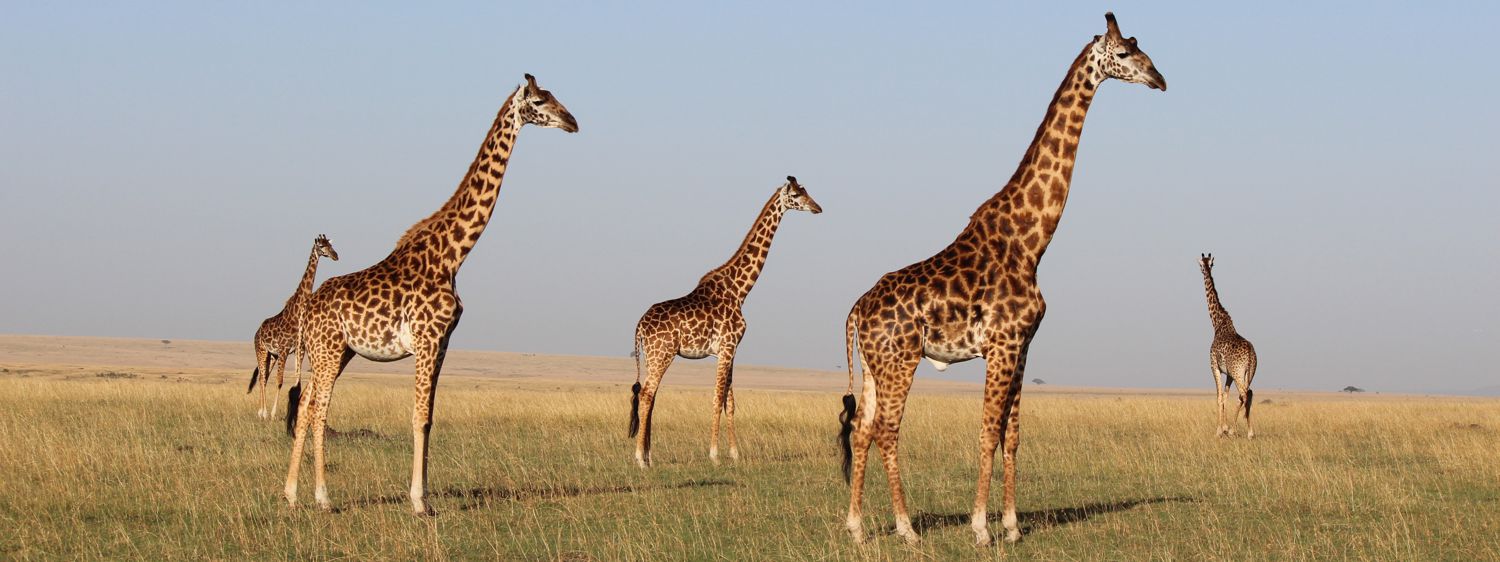The giraffe (Giraffa camelopardalis) is the tallest land animal on Earth, instantly recognizable by its long neck, distinctive coat patterns, and graceful gait. Adult males can reach heights of up to 5.5 meters, while females are slightly shorter. Their unique coat patterns—ranging from irregular patches to leaf-like shapes—are not only beautiful but also serve as camouflage in the dappled light of their natural habitat.
Behavior and Social Structure
Giraffes are generally social animals, often found in loose herds that can vary in size and composition. These groups are not territorial and may change frequently. Males engage in a behavior known as "necking," where they swing their necks and heads to establish dominance. Despite their size, giraffes are surprisingly quiet, though they do communicate through infrasound and occasional snorts or grunts.
Feeding mostly on acacia leaves, giraffes use their long, prehensile tongues—up to 45 cm long—to strip foliage from branches. They spend a large portion of their day feeding, and their height gives them access to food sources unavailable to most other herbivores.
Habitat and Distribution
Giraffes inhabit savannahs, open woodlands, and grasslands across sub-Saharan Africa. They are particularly common in countries like Kenya, Tanzania, Botswana, Namibia, and South Africa. Each region is home to different subspecies, such as the Masai giraffe in East Africa and the Angolan giraffe in Namibia and Botswana.
Conservation Status
While giraffes are still relatively widespread, their populations have declined significantly in recent decades due to habitat loss, poaching, and human-wildlife conflict. The IUCN currently lists the giraffe as "Vulnerable," with some subspecies considered endangered. Conservation efforts are underway across Africa to protect these gentle giants and their habitats.



